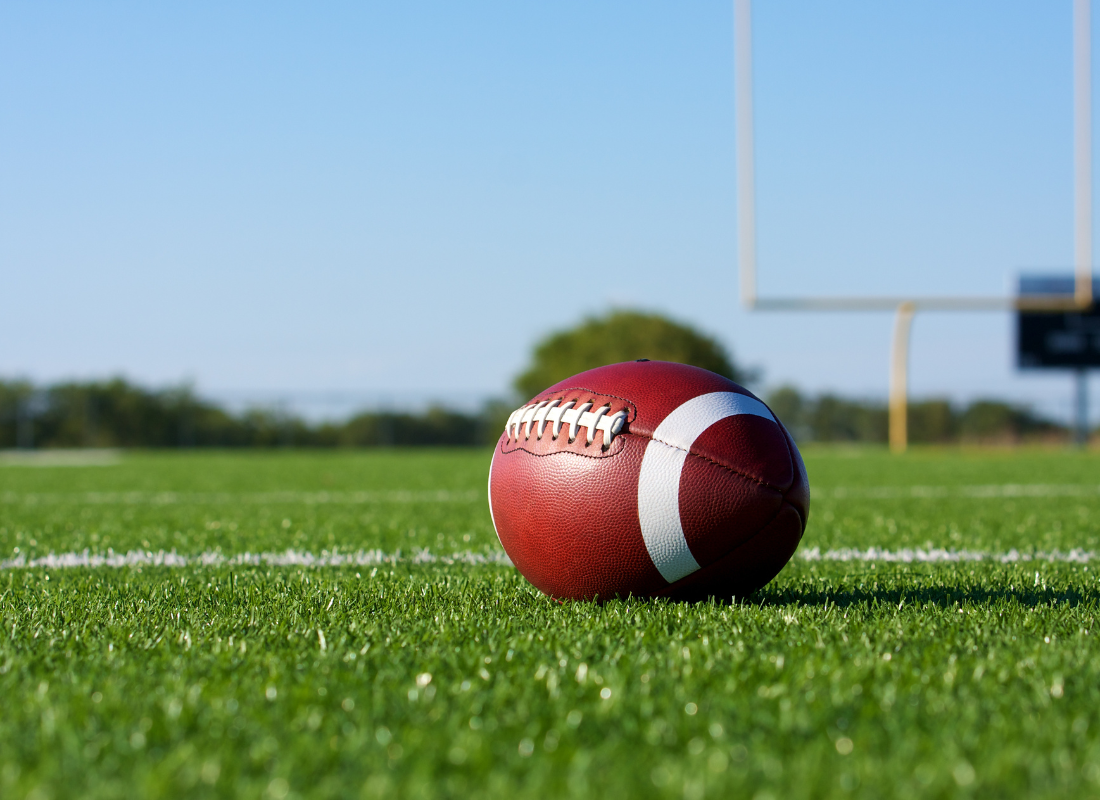Want more like this?
Sign up today to get free articles, webinars, whitepapers, yearly guides and more delivered to your inbox.
A New Playbook: Benefits and Tax Implications of Athlete Employment
Originally published on February 21, 2024
Updated on March 6th, 2024
In the rapidly evolving landscape of collegiate athletics, institutions are grappling with significant changes around eventual athlete employment status. The National Labor Relations Board (NLRB) decision regarding Dartmouth athletes suggests a broader shift toward recognizing athletes as employees. Universities must navigate this new terrain with both strategic foresight and an eye toward compliance.
Until recently, the concept of athlete employment — especially for athletes not on scholarship or playing sports that aren’t profitable — hasn’t been on the radar. The NLRB’s decision suggests a broadening definition of employment that could encompass all athletes under its umbrella. It underscores the necessity for institutions and athletes alike to reconsider the financial and tax implications of their sports programs.
Definition of Compensation
The Dartmouth decision points to work in exchange for compensation. It states that while players do not receive athletic scholarships, they do receive equipment, apparel, tickets to games, lodging, meals, the benefits of their programming for academic and health-related support, and “the benefits of ‘early read’ for admission prior to graduating high school.” The NLRB even references that “players’ compensation is of a non-traditional form because NCAA regulations have historically prohibited a traditional form of compensation.”
Taxable Benefits and Unforeseen Consequences
Traditionally, fringe benefits (tuition and fees, room and board, books, and other educational benefits) have been viewed as part of a scholarship package, not taxable income. Other benefits, like apparel and support services, have been considered a program expense with no assignment to an individual athlete. Athlete employment status complicates this view, potentially reclassifying these benefits as taxable income under IRS guidelines.
IRS Publication 15-B serves as an employer’s tax guide to fringe benefits. Here are some examples of fringe benefits and their tax implications.
Tuition, Fees, Books, and Other Educational Benefits
Amounts over $5,250 may be taxable unless they qualify as a working condition fringe benefit. Tuition waivers for undergrads may be tax exempt.
Room and Board
Housing is generally considered taxable unless provided for the convenience of the employer, on the employer’s premises and as a condition of employment. Being given the option to live on premises or take a cash allowance to live elsewhere means it is not a requirement of employment. Certain educational institution housing may be tax exempt under specific conditions.
Academic Advising
These services could be considered part of educational benefits excluded up to that $5,250 limit.
Medical Services
Medical care provided to employees on the premises of the employer is not taxable.
Use of Athletic Facilities
Athletic facilities aren’t usually taxable if provided on the premises of the employer and primarily for the use of employees.
Meals
Meals provided on the employer’s premises for the convenience of the employer are not taxable. Meals provided before and after work and on nonworking days may be taxable.
Uniforms
Apparel suitable for personal use is taxable. If uniforms are required for the job and not suitable for everyday wear, their cost and upkeep can be excluded from income.
Tickets
Typically, the value of tickets given to employees for their own use (or for the use of guests) is taxable.
More Questions than Answers: The Gray Areas of Working Condition Benefits
For collegiate athletic programs that pay athletic scholarships, knowing the difference between working condition benefits and other types of educational assistance is crucial for tax planning and compliance.
Working condition benefits are those that would be deductible as an ordinary and necessary business expense if the employee paid for them. For tuition, this means that if the courses or educational programs enhance job skills or are required by the employer or by law to maintain the employee’s current job, salary or status, the value of this education could qualify as a working condition. The question here — if walk-ons or partial scholarship athletes can perform the same job without a full ride, does this negate the working condition benefit argument?
Consider the case of athletic apparel and equipment. The distinction between items such as basketball shoes (which can be worn outside of athletic activities) and sport-specific gear like football cleats highlights the nuanced tax considerations athletic programs must navigate. Valuing the taxable apparel is nothing new for athletic departments that have been doing this for coaches. However, managing apparel inventory as working condition vs. not will require some careful thought. The question here — how lenient are you on the types of apparel unique to athletes, like swim attire or sliding pants, to determine its taxability? And do you have systems in place to be able to differentiate the two for compliance with IRS regulations?
Meals present another layer of complexity. Catering during official travel may directly relate to the athlete’s role. But tax treatment of broader meal plans necessitates a closer examination of their role in supporting the athlete’s sports-related activities. The question here — how should institutions delineate between meal plans and training table or working days and nonworking days? And is there a strategic balance of what’s considered taxable as a meal plan under room and board vs. nutrition that may or may not be a working condition benefit?
Proactive Steps for Universities
As institutions work to adapt to these changes, several key steps can help ensure readiness for athlete employment.
Quantify the Value of Benefits
Establish systems to accurately measure the value of all benefits provided to athletes, including those that might become taxable with their athlete employment status. The general rule is that the fair market value of a fringe benefit is the amount an employee would have to pay a third party in an arm’s-length transaction to buy or lease the benefit. Neither the employee’s opinion of value nor the cost you incur determine its fair market value.
Strategic Review of Benefit Structures
Reassess how benefits are structured to identify potential tax liabilities and explore strategies for minimizing these liabilities within IRS guidelines.
Collaborate and Engage in Dialogue
Participate in broader industry efforts to address the changing landscape, sharing insights and strategies with peer institutions and governing bodies.
Infrastructure Considerations
Beyond the high-level strategic planning, pay attention to infrastructure considerations like benefit valuation and tax reporting. While they might seem small, they’re crucial for compliance and financial planning.
As collaborative efforts among the NCAA, conferences and subdivision working groups underscore the urgency of these issues, universities must also focus on the foundational aspects of athlete employment, compensation and benefits. This includes being aware of the tax implications of benefits, ensuring accurate valuation, and maintaining compliance with evolving regulations.
At James Moore, we recognize the intricacies of athlete employment and are dedicated to helping institutions understand these changes. As the environment of collegiate sports continues to evolve, our collegiate athletics services team is here to ensure you can navigate these changes effectively.
All content provided in this article is for informational purposes only. Matters discussed in this article are subject to change. For up-to-date information on this subject please contact a James Moore professional. James Moore will not be held responsible for any claim, loss, damage or inconvenience caused as a result of any information within these pages or any information accessed through this site.
Other Posts You Might Like

